

Stairway Murals | |
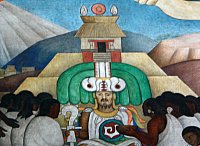
|
The Legend of Quetzalcoatl 7 images |

|
The History of Mexico 34 images--three pages |

|
Class Struggle 7 images |
Corridor Murals | |
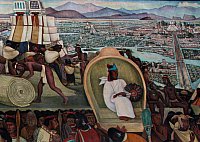
|
The Grand Tenochtitlan 10 images |

|
The Tarascan or Purepechan culture of Michoacan 6 images |
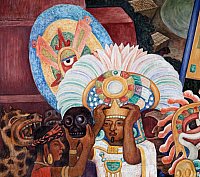
|
The Zapotec and Mixtec Civilizations 9 images |
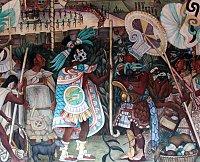
|
The Totonac Civilization 10 images |
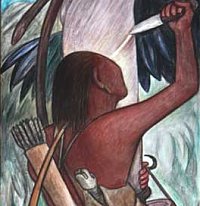
|
Rubber 3 images |
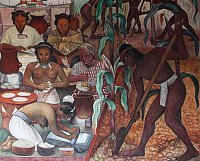
|
The Huaxtec Civilization [or Maize] 4 images |
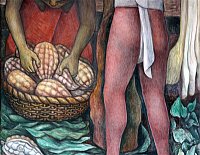
|
Cocoa 3 images |
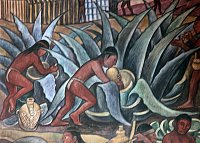
|
The Maguey, Agave, and Sisal Plants 5 images |
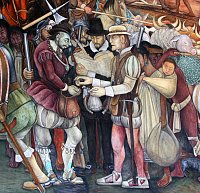
|
The Arrival of Cortés 11 images |
 Click here to return to index of art historical sites.
Click here to return to index of art historical sites.
 Click here to return to index of artists and architects.
Click here to return to index of artists and architects.
 Click here to return to chronological index.
Click here to return to chronological index.
 Click here to see the home page of Bluffton College.
Click here to see the home page of Bluffton College.

